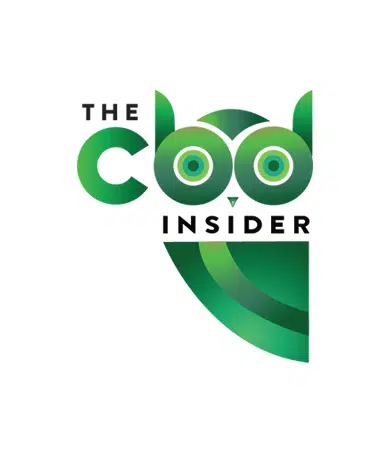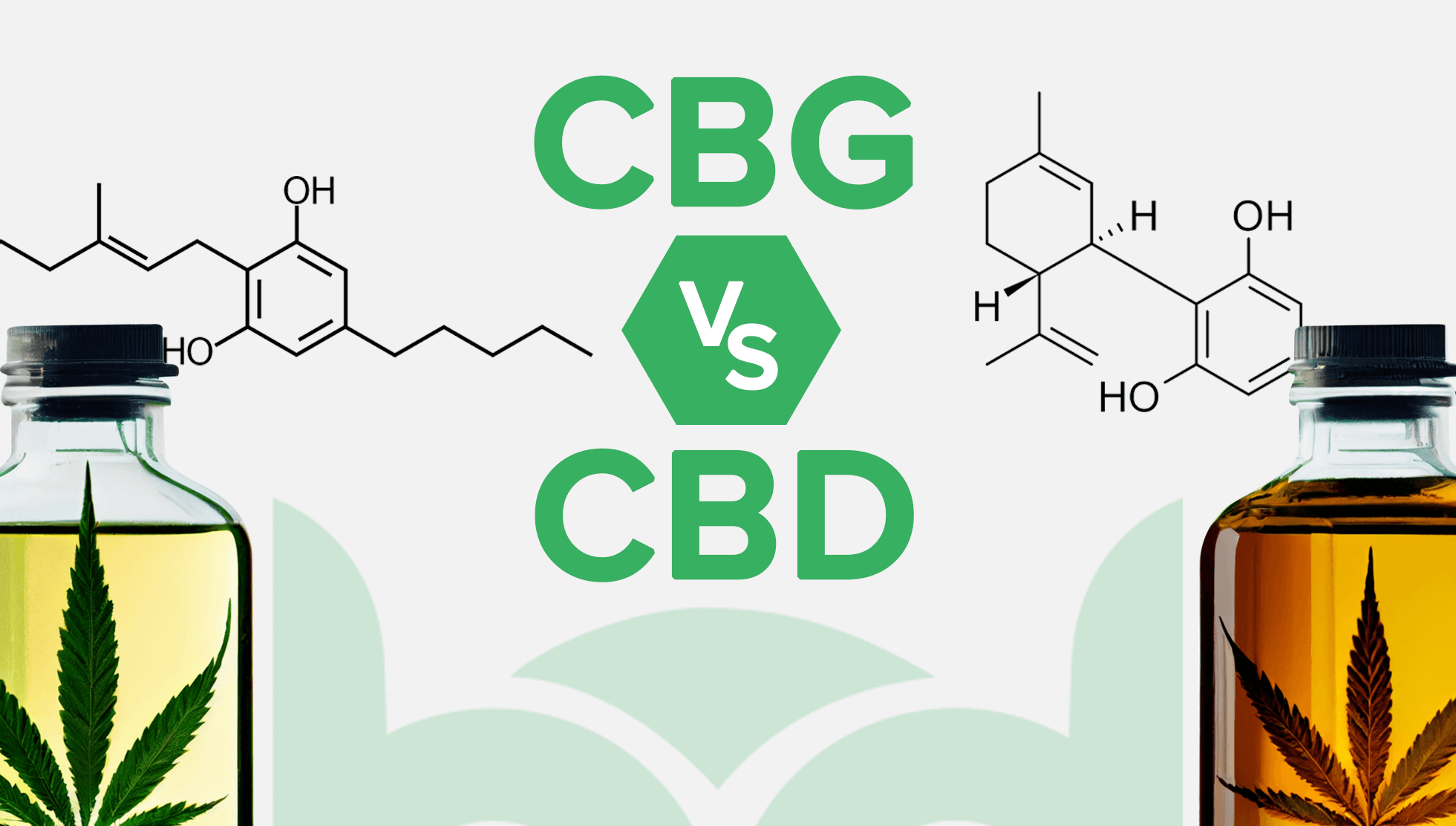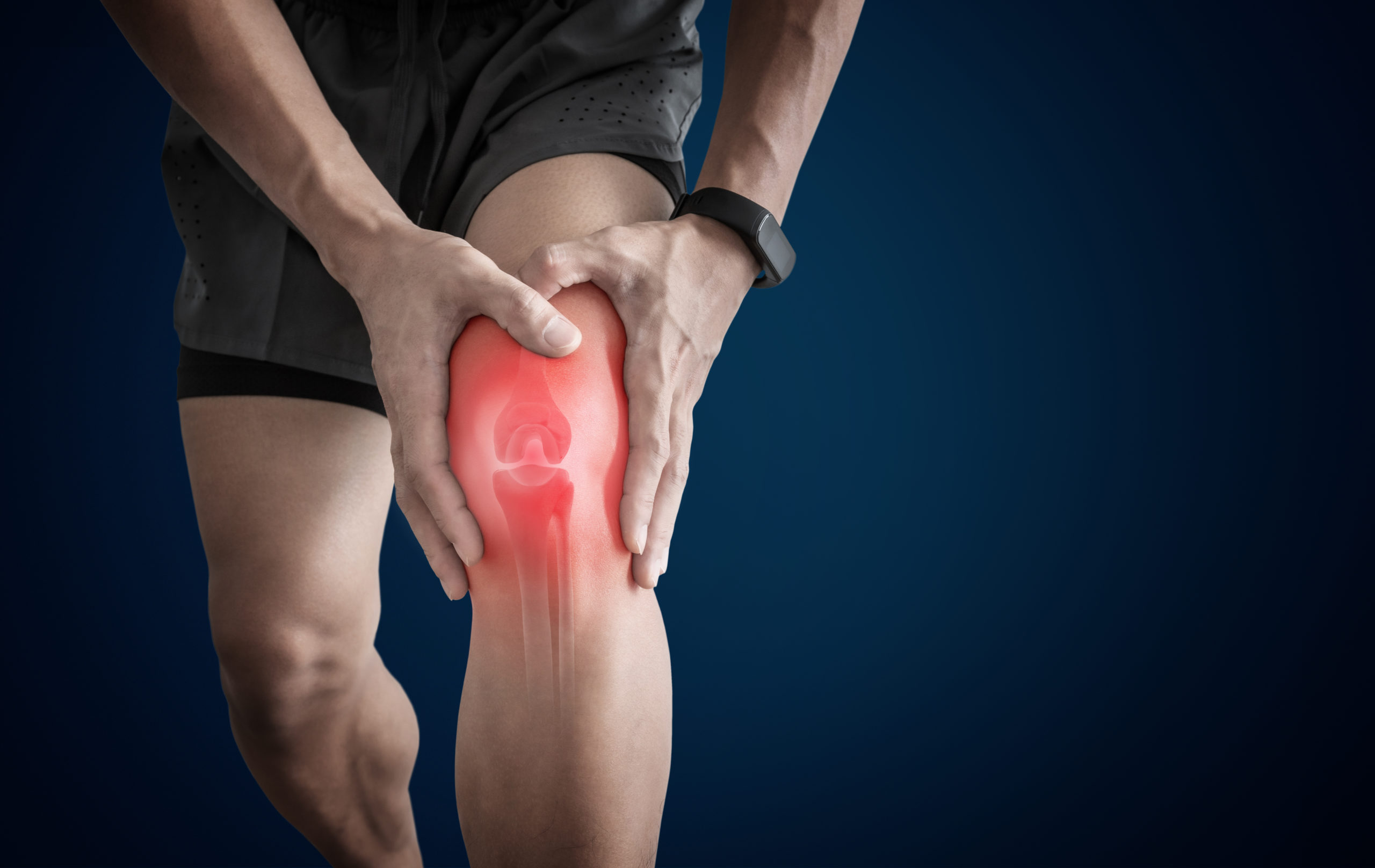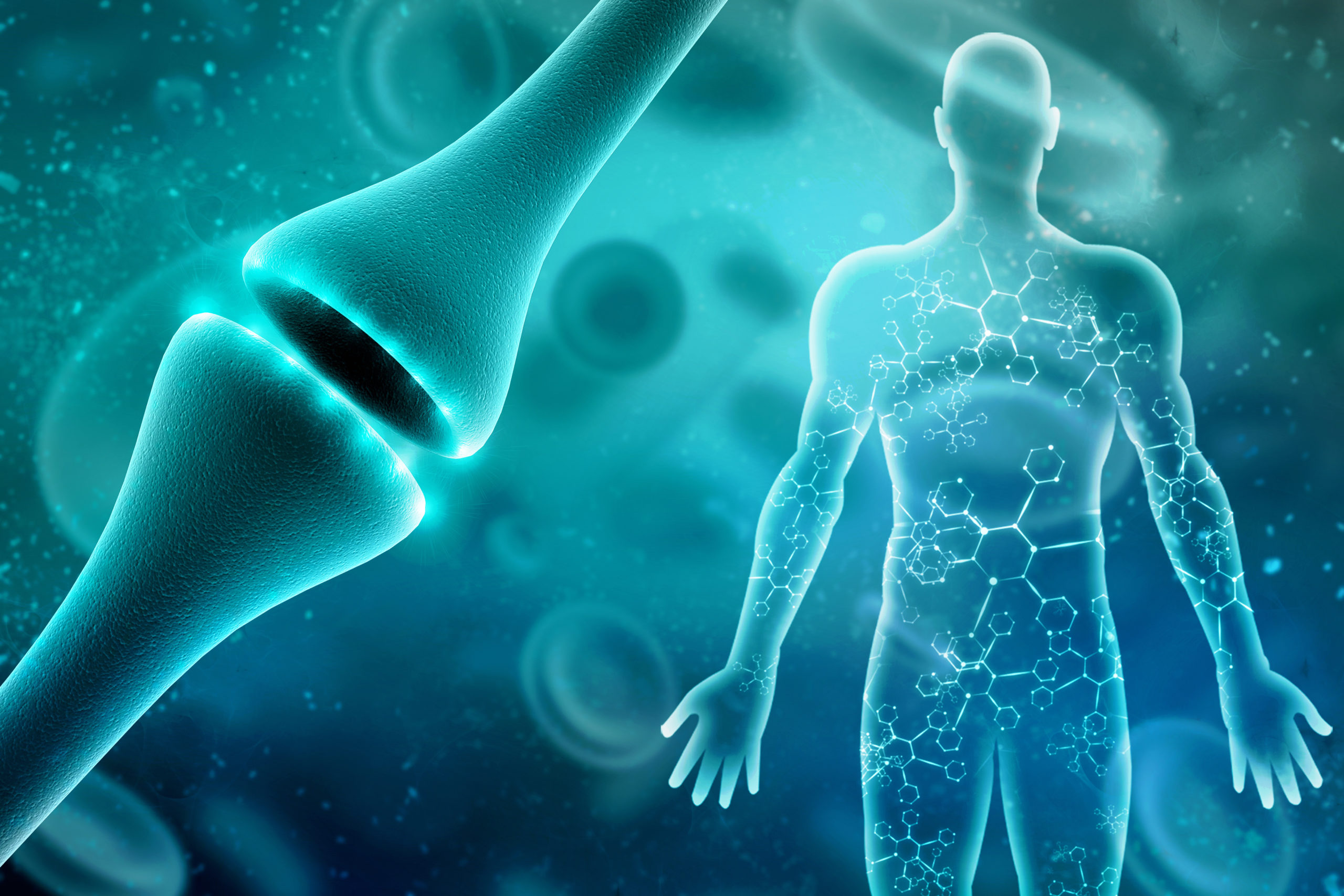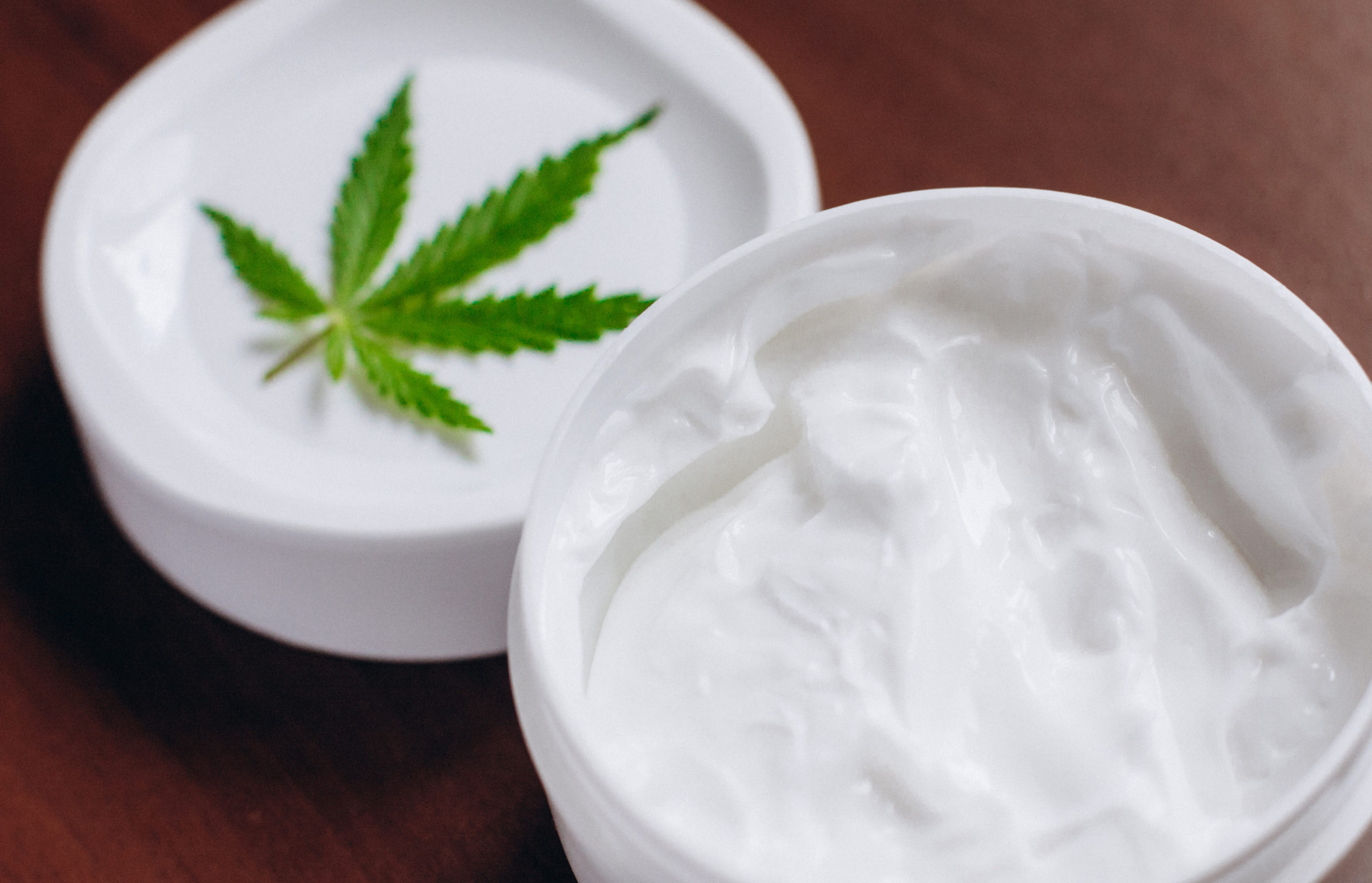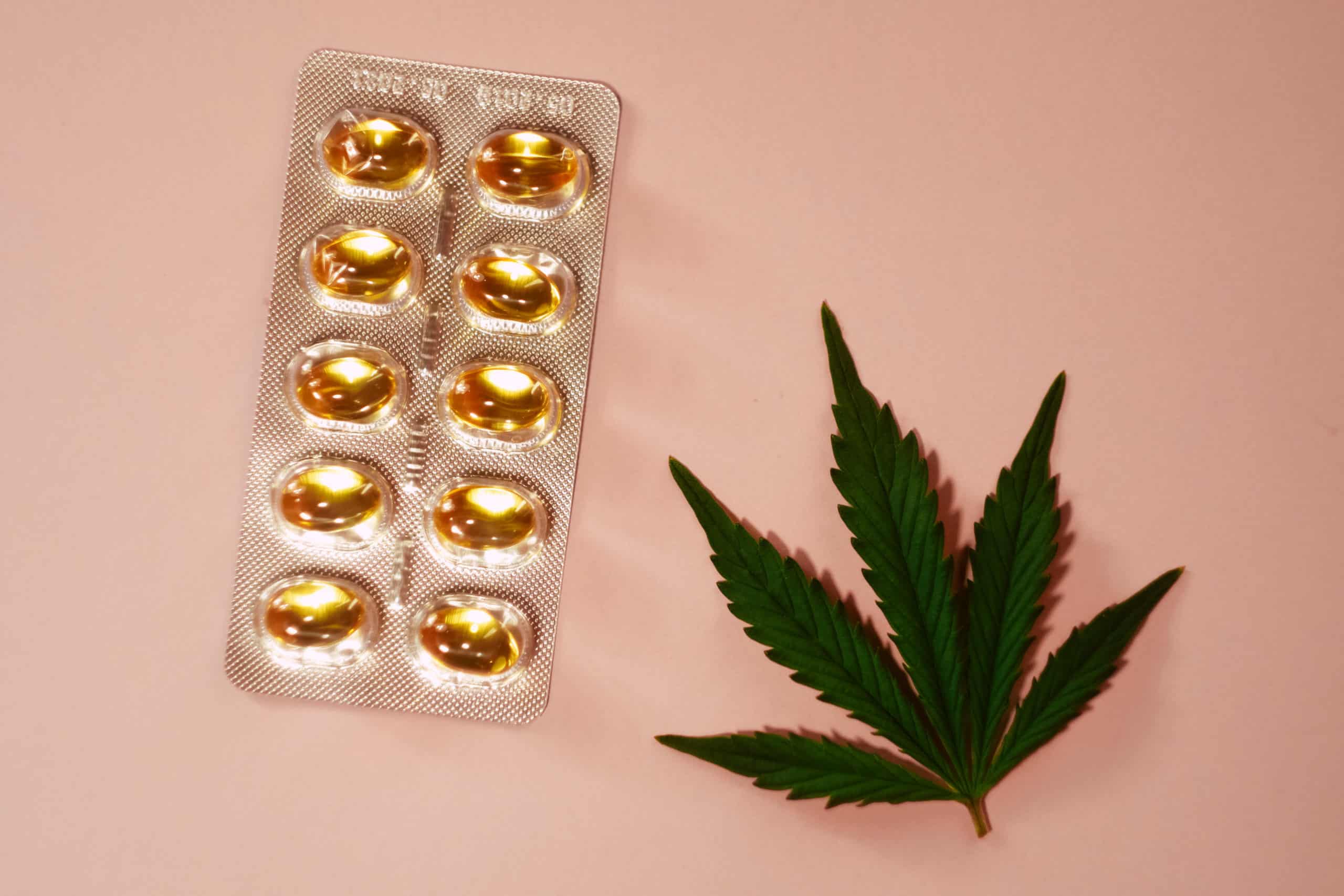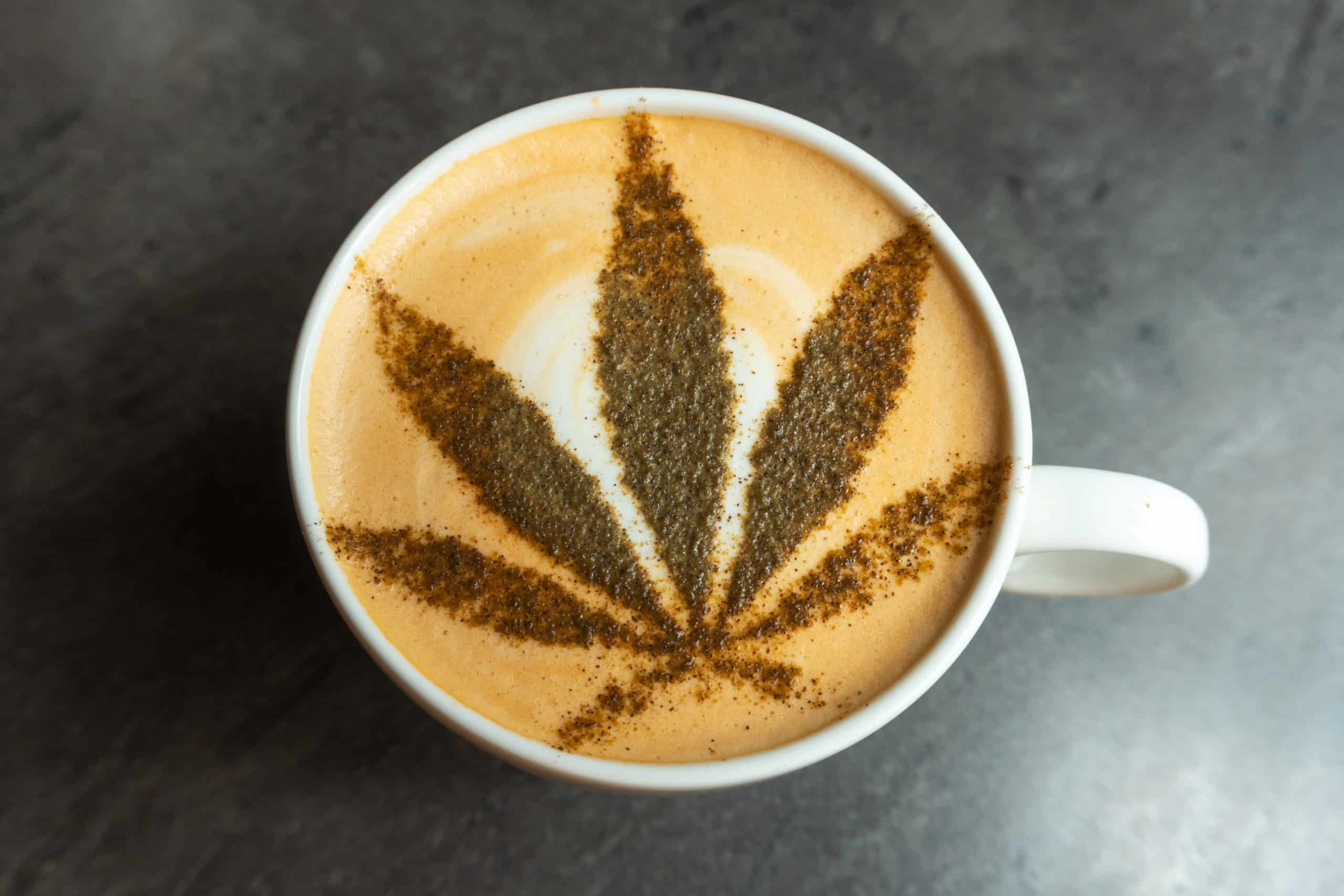-
- Market Research
- |
- CBD Near Me
- |
- Giveaways
- |
- Newsletter
- |
- Contact
- |
- Advertise
- |
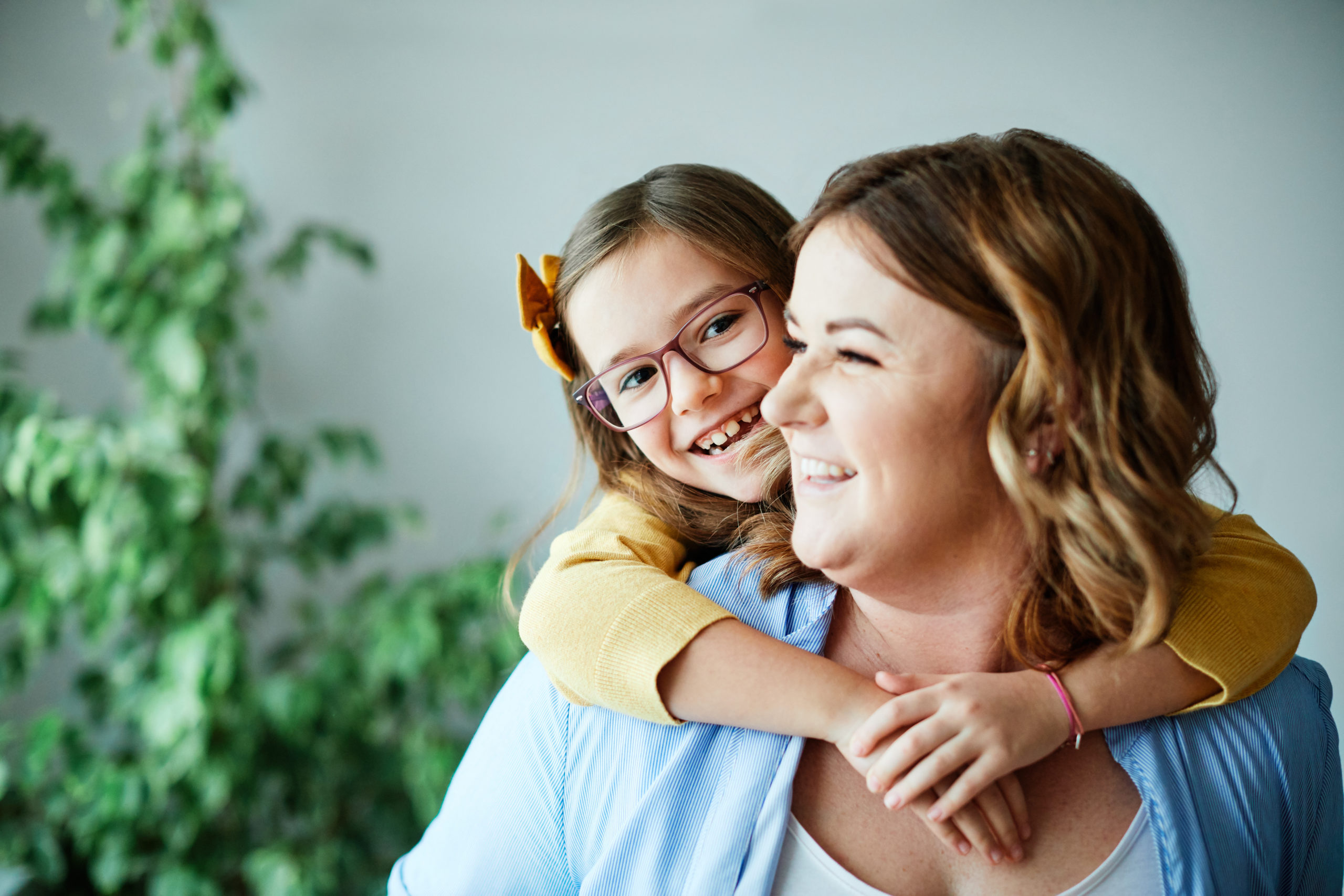
With CBD products lining shelves of retailers across the nation, it is easy to see how it has become a popular topic of conversation. CBD has not only garnered the attention of adults around the world, but it also has parents asking about the possible benefits of CBD oil for kids.
What is CBD?
CBD (short for cannabidiol) is the second most prevalent cannabinoid produced by the cannabis plant. Chances are that you’ve also heard of THC, the most abundant cannabinoid within the cannabis plant. THC is the compound commonly associated with euphoria.
The USDA categorizes cannabis based on the concentration of THC in the plant. According to the 2018 Farm Bill, a cannabis plant containing less than 0.3% THC is categorized as hemp. If a plant’s THC content rises above 0.3%, then the plant is classified as marijuana.
Though CBD can be extracted from both hemp and marijuana, it is primarily derived from hemp. Marijuana-derived CBD is typically only available for sale in dispensaries while hemp-derived CBD may be stocked by nearly any type of retailer. The easiest method to determine the source of your CBD is by checking your product’s label.
Although often referred to as THC’s cousin, CBD doesn’t cause any of the intoxicating effects or possess the recreational value that THC is known for. This doesn’t mean that CBD has no value to users though. There are currently 390 clinical trials underway involving CBD. Not only will these studies further our understanding of CBD’s effects on the body but will likely shed light on its undiscovered benefits as well.
Given CBD’s rapid rise to fame, it serves as no surprise that manufacturers have begun infusing CBD into a multitude of products. CBD-infused products cover a wide gamut of options. Users can readily find CBD capsules, edibles, salves, vapes, and more. However, the most popular method of delivery is CBD oil.
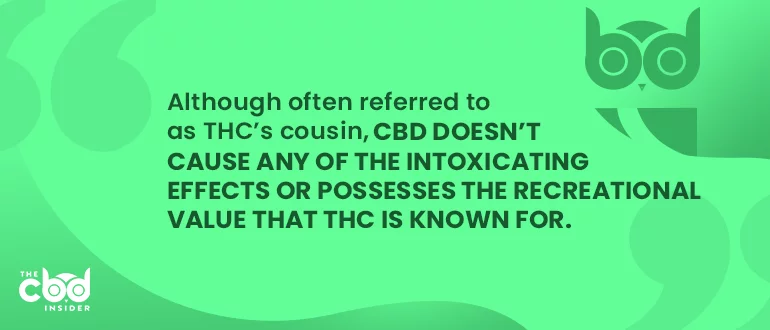
Is CBD Oil Safe for Kids?
Although CBD is currently all the rage and is typically well-tolerated in adults, it is difficult to decisively state its safety profile in children without further research. That said, details of some early studies of CBD use in children have begun to surface with promising results.
Researchers with the GWPCARE4 Study Group propose that kids can safely dose CBD up to 20mg per kilogram of bodyweight on a daily basis. This study, which was a randomized, double-blind, placebo-controlled phase 3 trial, specifically explored CBD use in patients suffering from Lennox-Gastaut syndrome, a severe form of epilepsy.
CBD Side Effects
CBD doesn’t come without the risk of mild side effects in both children and adults. Some of the more commonly reported symptoms are appetite/weight change, diarrhea, and sleepiness, according to the Journal of Cannabis and Cannabinoid Research’s study of the safety and side effects of cannabidiol.
One consideration to keep in mind regarding this study is that the test subjects were adults. This doesn’t mean that CBD is not safe for children or that it affects children differently, but instead that we simply don’t have enough research available to be able to conclude that there is no risk of side effects in children using CBD.
Contraindications With Other Medications
Another thing to keep in mind when using CBD products is the potential for it to interact with other medications. While this applies to both adults and children, it is especially important to monitor for contraindications in pediatric users.
CBD relies on the body’s Cytochrome P450 enzyme (CYP450) to reach systemic circulation. CYP enzymes are responsible for metabolizing several compounds, many of those found in other medications.
Potential issues could arise if a user regularly takes CBD as well as another type of medication that relies on the CYP enzymes. This could potentially lead to increased concentrations of a medication given that CBD, in essence, inhibits the CYP enzymes. This impairs the metabolism of medications.
It is estimated that 70-80% of medications utilize the CYP enzyme family for metabolization. The types of medications that fall into this range include both over-the-counter drugs as well as those requiring a prescription. Before giving your child any CBD product, you should consult with their medical provider for advice and monitoring methods.
Potential Benefits of CBD Oil for Kids
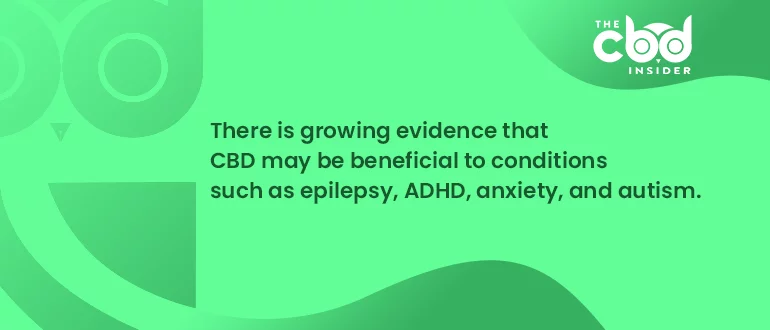
Although there is only one CBD-based drug that has received FDA approval, there is growing evidence that it may be beneficial in many other situations.
Epilepsy
In 2018, the FDA approved the CBD-based prescription drug Epidiolex as a treatment option for children suffering from intractable seizures caused by one of two forms of epilepsy. More recently, the FDA also approved Epidiolex for seizure control in patients suffering from tuberous sclerosis.
Patients diagnosed with Lennox-Gastaut syndrome or Dravet syndrome, which are rare forms of epilepsy, have shown a notable decrease in seizures with the use of CBD-based Epidiolex. This prescription drug, which is produced by GW Pharmaceuticals, is the first of its kind but likely not the last.
ADHD
Evidence of CBD’s benefits when used in patients diagnosed with attention deficit hyperactivity disorder (ADHD) is scarce due to the limited research that has been conducted. However, this doesn’t mean that CBD hasn’t shown some promising signs in terms of cognitive improvement.
Researchers at King’s College London published a 2017 study that evaluated Sativex (a prescription drug containing a 1:1 THC:CBD ratio) when used in patients diagnosed with ADHD.
When Sativex was administered, individuals diagnosed with ADHD compared to those receiving a placebo, researchers documented a “nominally significant improvement in hyperactivity/impulsivity.” [14]
Although Sativex contains both THC and CBD, the findings of this study are enough to warrant further investigation into the role CBD may play in controlling ADHD.
Anxiety
Although early reports like this one, which was published by the American Society for Experimental Neurotherapeutics, show evidence that CBD may provide relief in adults suffering from anxiety, there is little evidence that it has the same effect in children.
Much like other conditions, the lack of evidence is not indicative of CBD’s inability to alleviate various symptoms. Instead, it should be seen as an indicator that more research is required before scientists are able to definitively pinpoint CBD’s full potential.
With anxiety being a commonly cited reason for CBD use in adults, it is understandable that parents of an anxious child would have an interest in their child trying CBD. Speaking with your child’s medical provider is the best first step to adding CBD into an anxious child’s routine.
Autism
With autism being a condition that is still not fully understood by medical researchers, it should come as no surprise that there is even less information available on the use of CBD as a treatment option for autistic children.
With that said, preliminary results of studies involving CBD and autism have only recently begun to surface. A study published by Frontiers in Pharmacology that looked at 53 autistic children ranging from 4-22 years old revealed some promising data.
Researchers reported that autistic children receiving CBD experienced an improvement in “self-injury and rage attacks” amongst 67.6% of participants. Symptoms of hyperactivity were improved in 68.4% of cases. Additionally, 71.4% of participants saw an improvement in sleep problems and 47.1% reported an improvement in anxiety. [10]
Though we still need more data to determine CBD’s potential benefit in cases of autism, early evidence certainly makes us enthusiastic that future studies will help unravel the mysteries behind this condition.
How To Safely Use CBD Oil for Kids
Like most supplements, CBD best practices are a little different if the user is a child.
Speak With Your Child’s Doctor
Before beginning your child on CBD (or any medication), it is always recommended that you speak with their medical provider first. Not only can your child’s doctor provide you with peace of mind, but they can also advise you on potential interactions with other medications, changes to watch out for, and they may be able to help determine appropriate dosing.
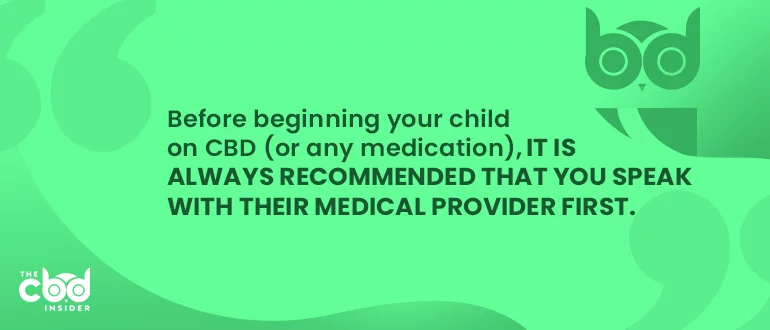
Research Available Dosing Guidelines
CBD dosing protocols with children can be a tricky path to maneuver. This is why speaking with your child’s doctor for additional insight is so important.
Though not fully understood by medical researchers, it is hypothesized that the endocannabinoid system of children doesn’t necessarily behave in the same way as in adults.
Even following dosing recommendations from your product’s label isn’t a fool-proof approach when administering to children, unless the label explicitly describes dosing guidelines for children.
No High-THC Products
Unless your child’s primary medical provider has given you explicit instructions to use a CBD product containing more than 0.3%THC, in most cases it is best to avoid these if intended for a child.
Until further research has been conducted on the safety and efficacy of pediatric THC exposure, it is best to avoid giving your child CBD products with higher levels of THC. This is due to our lack of data regarding THC’s effect on children, an area of study that will hopefully develop as more research is conducted.
Find a Reputable CBD Brand
This stands true for anyone using CBD. One of the easiest methods to ensure your CBD product comes from a reputable brand is by using our Trusted Brands tool.
Once you’ve confirmed your CBD brand has been vetted by our team, we recommend that you check the brand’s website for your product’s certificate of analysis (COA). This is a document that all CBD brands should gladly make available.
COA’s are issued by third-party labs that specialize in testing and analyzing consumer products. A COA will be able to address any concerns you may have about your CBD product’s contents.
Once again, if you are having trouble understanding your product’s COA, you should reach out to the brand’s customer service team for clarification. As is the case with product labels, brands will be more than happy to walk you through their COAs.
While they may not be able to provide concrete guidance in terms of using CBD with your child, most brands are more than willing to answer any general questions you may have about the product.
If you’re having trouble deciphering your product’s label or would like additional information on the product, your best bet is to reach out to the brand through their website or social media.
Best CBD Delivery Methods for Kids
While there are numerous methods of delivery for adults using CBD, cases involving children may prove to be a little more difficult. Given that each situation is unique, it is always best to discuss your child’s case with their medical provider to determine the best delivery route.

CBD oil
A widely popular choice for adults, CBD oil, which must be held under the tongue for absorption, may prove to be difficult for young children to use.
Teens and adolescents will likely have no problem following CBD oil’s labeling directions, but small children may not be able to grasp the concept of holding the oil under the tongue before swallowing.
Edibles/Capsules
One of the more convenient delivery methods, CBD-infused edibles and capsules provide the ease of simply ingesting an infused product. The potential hurdle that users may experience with edibles lies within dosing. Edible CBD products can pose a problem if the user requires very specific dosing. Edibles are typically better suited for cases that allow a small margin of error in the amount of CBD ingested.
Capsules can deliver a much more consistent dosage of CBD but may become burdensome or even present a choking hazard for young children.
Patches
CBD transdermal patches are similar to nicotine delivery patches that you may be more familiar with.
These thin patches are placed on an easily accessible area of the body, typically the upper arm. They then begin a slow release of CBD into the wearer’s bloodstream.
Though transdermal CBD patches can be extremely convenient for teen and adult users, parents will likely need to monitor younger users to prevent them from removing the patch.
Conclusion
If you’re a parent or guardian of a child who may benefit from CBD, your first step should be consulting with your child’s medical provider.
With its rapid rise in popularity and the vast amount of research underway, you will find that many pediatricians are enthusiastic about CBD’s potential benefits.
After receiving the greenlight from your child’s doctor, the next and equally important step is selecting a quality product from a reputable brand.
With resources like our Trusted Brands tool and free newsletter, you will be better prepared to make the best choices for your child’s health.

